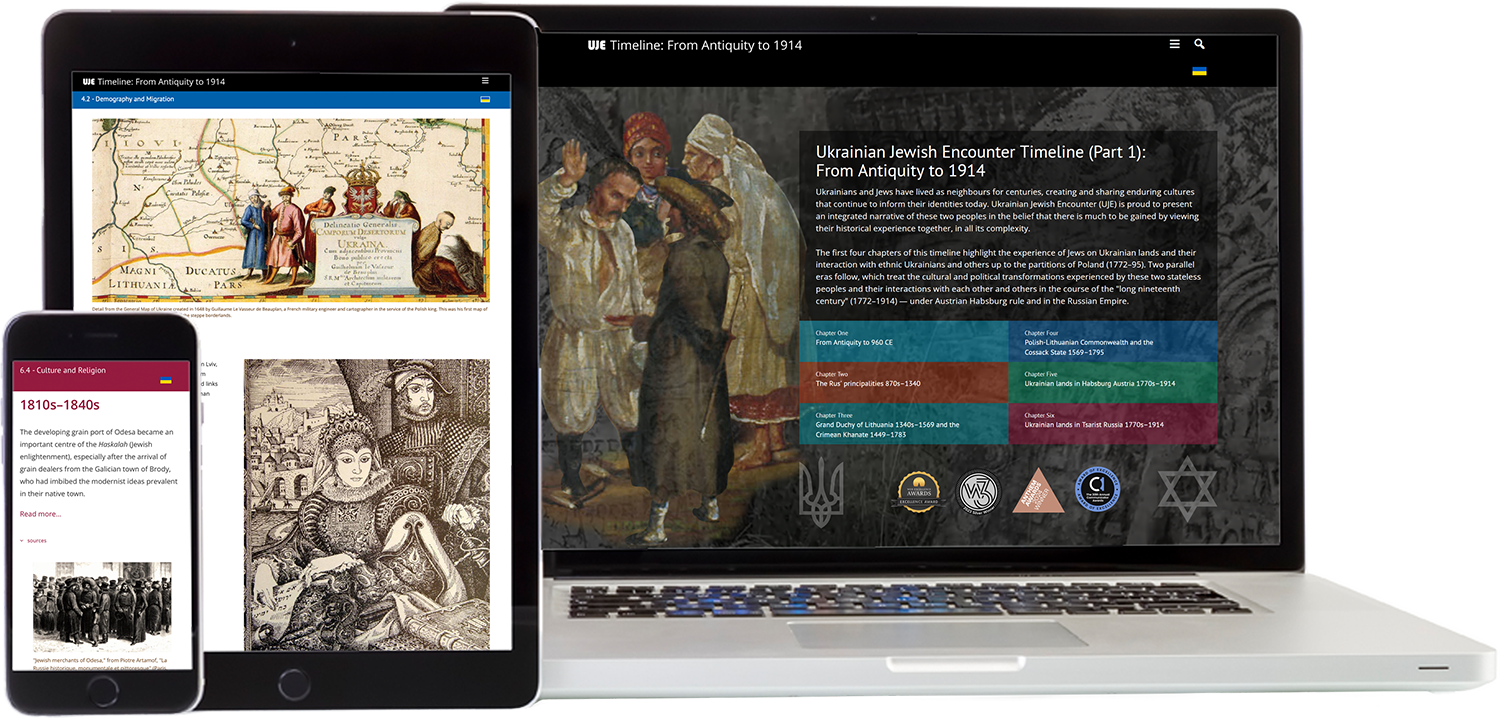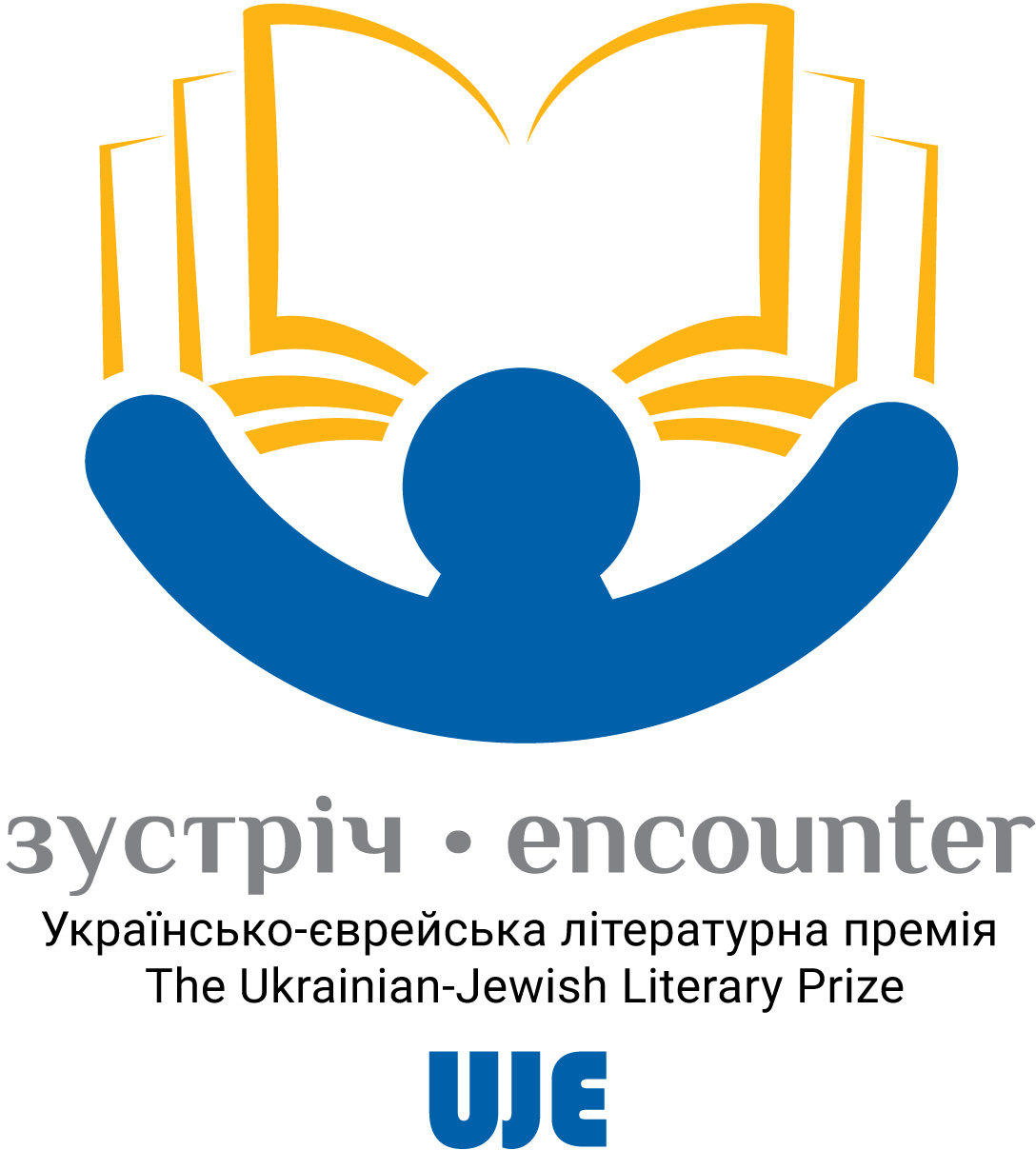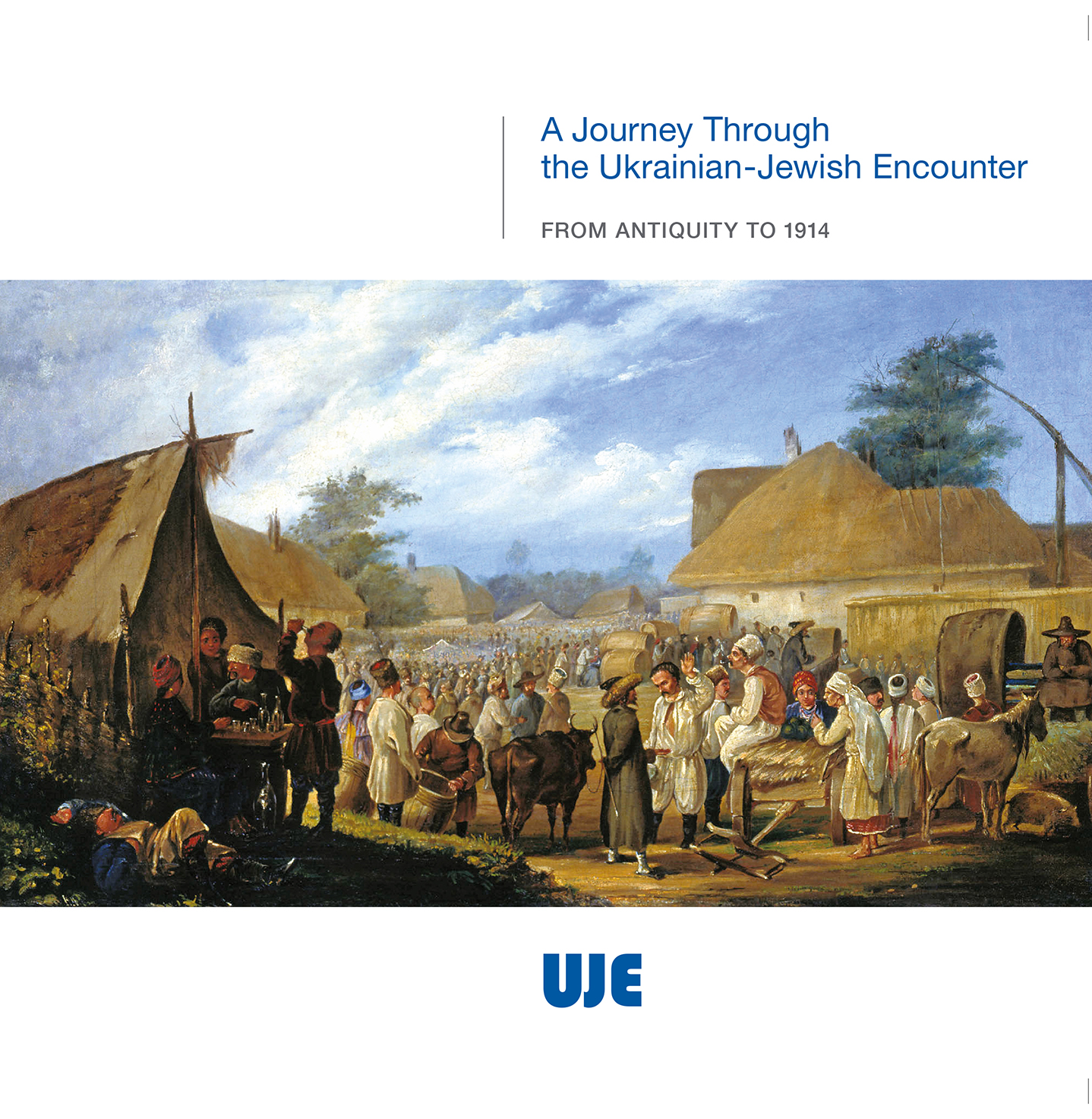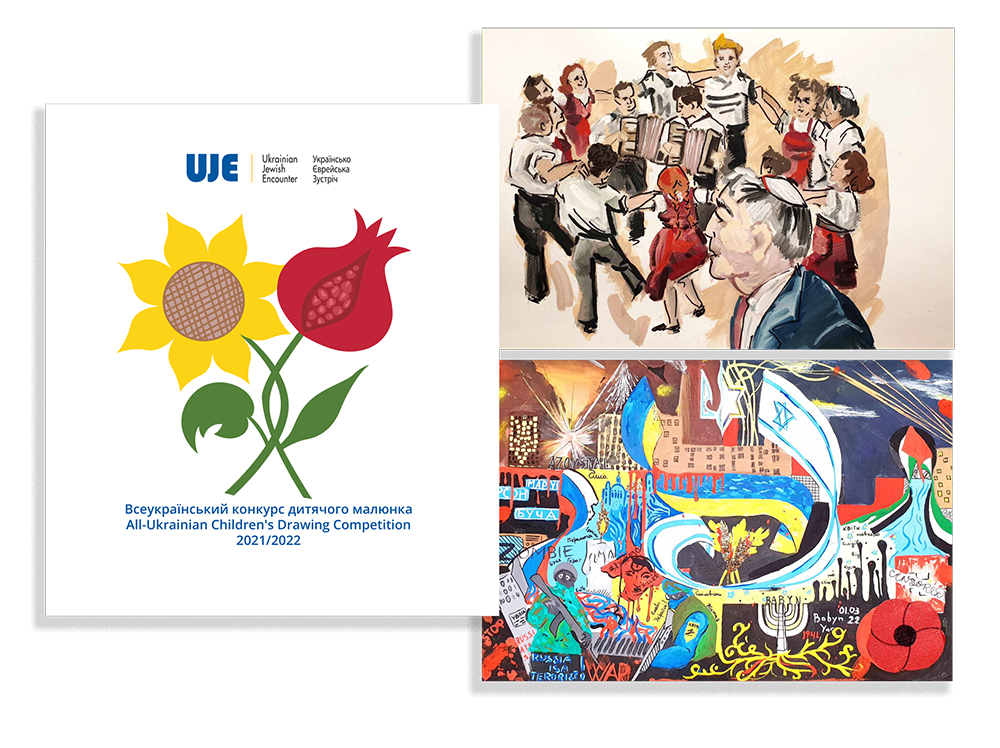How Jews celebrate Shavuot and what Pentecost has to do with it
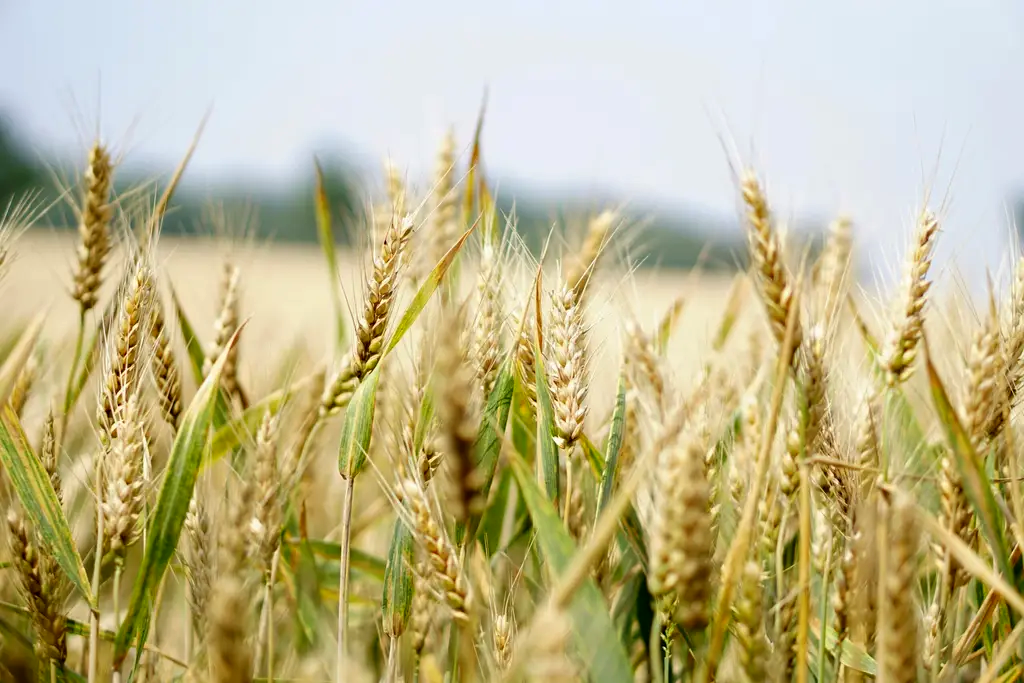
[Editor’s note: Shavout in 2025 begins in the Diaspora at sundown on Sunday, 1 June 2025 and ends at nightfall on Tuesday, 3 June 2025.]
In this episode of the Encounters program, we will discuss the Jewish holiday of Shavuot and its traditions and connection with Ukraine.
About Shavuot
Yelyzaveta Tsarehradska: Today, we will be talking about the Shavuot holiday and the associated traditions. Our guest in the studio is Michal Stamova, MA in Jewish Studies, who has translated the Haggadah and prayers from Hebrew into Ukrainian. She is an expert on the Jewish community's history, culture, and traditions. Stamova is also a Jewish education consultant for Project Kesher and a member of the Ukrainian Association for Jewish Studies.
I have noticed that not all red-letter days can be called 'holidays.' So, can we call Shavuot a holiday?
Michal Stamova: Of course, we can. This is one of the three great holidays in the Jewish tradition. According to the commandments, the Jews had to come to the Temple in Jerusalem for Shavuot and offer a sacrifice of thanksgiving and a sacrifice of the first fruits. So, yes, this is a holiday, Yom Tov in Hebrew.
Yelyzaveta Tsarehradska: What are its origins? Who introduced this tradition?
Michal Stamova: As I've said, we don't have many such holidays. There are three main holidays, Yamim Tovim, when people have to come to the Temple in Jerusalem. Shavuot is mentioned in the book of Leviticus when the Lord gave Moses a commandment, saying that on this day, one had to come and offer a sacrifice of thanksgiving to the Most High.
Dates are quite relative in Jewish tradition. You know that the more distant an event is in time, the more difficult it is to speak about the exact dates. But Shavuot originated somewhere between 1,500 and 2,000 years BCE. These events occurred during the exodus of the Jewish people from Egypt, when they received commandments from the Most High in the desert.
Shavuot is also called the day of the giving of the Torah. We have this event on the 50th day after the exodus from Egypt, i.e., after seven weeks, which is why this holiday is called Shavuot, literally 'weeks.' And we have an order to bring a sacrifice of thanksgiving to the Most High. We must gather together and thank the Almighty. In general, the holiday is quite interesting. It came as a strong commandment from the Torah, and we have to celebrate it.
It is a day of thanksgiving and the giving of the Torah, with the whole nation gathering together, and we understand that it's something special.
In Israel, Shavuot is celebrated for two days, and it's a large holiday with four or even five important aspects.
The continuity of Shavuot
Yelyzaveta Tsarehradska: In our correspondence before the program, you mentioned that many changes in how Shavuot is celebrated have occurred over the millennia. Could you please expand on this and tell more about the first, second, and third Temple in Jerusalem?
Michal Stamova: We are waiting for the third Temple. We don't know when it will become a reality. The story begins with the Torah given to the Jews in the desert. There was nothing in place at that time. The Jews did not even reach the land of Israel but already understood that this was the day when the Almighty gave them the Torah. They had the commandments they had to fulfill in the land of Israel, but first, they had to get there and conquer it. And this was, at least according to the Torah, even before the Israelites wandered in the desert for 40 years, afraid to enter the land, which, they saw, was populated by very belligerent people.
So, this holiday has a very old history, according to the Torah. And there was no Temple back then. There is a wonderful tradition of reading the Book of Ruth on Shavuot. It's quite unusual, and everyone speaks about it, with some even saying it's feminist. We have few Torah scrolls and books called by a female name. The events in the Book of Ruth take place in the era of the judges, when there were no kings in Israel yet and no Israeli kingdom.
We have the first interesting reference of a non-Jewish woman who, after being banned by the Jews for many sins, became part of the Jewish people. She told her Jewish mother-in-law: "Your people will be my people, and your God will be my God." She came to the land of Israel at a time when there was no mention of Jerusalem. Ruth gathered grain in fields, got married, and became the great-grandmother of King David, who bought the land and built the city of Jerusalem as the capital. Later, his son, Solomon, built the first Temple. So you see that the events of this holiday go very far back. They occur during the first harvest, so it's a significant aspect of celebrating Shavuot.
So, this holiday has a long history. First, we have the giving of the Ten Commandments to humankind in the desert. Then, we have the conversion of other peoples to monotheism — this is Ruth. Then, King David, Ruth's great-grandson, built the Temple and established a state. According to tradition, he was born and died precisely on Shavuot.
Modern traditions include, for example, coming to the grave of King David on Shavuot and singing many psalms. So, there are four major aspects of the holiday: the giving of the Torah, the holiday of the first fruits, the holiday of gatherings and thanksgiving, and the reading of psalms. Crops are harvested around the time of this holiday, and this is an important event.
The story of Ruth
Yelyzaveta Tsarehradska: I'd like you to dwell a little on the Book of Ruth and the story of Ruth. What she did was quite revolutionary. Although marrying non-Jews was forbidden, she became the wife of a Jew in a very brazen way, if I may describe it that way.
Michal Stamova: The word is quite accurate. We call it chutzpah in the Jewish tradition. It's very close to audacity. The story of Ruth involves some very feminine ways, which were perhaps taught to avoid in the Soviet Union. But some may have admired such women. Ruth was a Moabite, and the Jews were prohibited from marrying Moabite women.
The story is as follows. A Jewish family goes to the land of Moab because there is nothing to eat in the land where they have lived before. But they find no wealth in the land of Moab. They stay there for a while, but the sons who have married non-Jewish women die there. And the Jewish mother is left with two daughters-in-law as her husband has also died. She wants to return to her family in the Bethlehem area and tells her daughters-in-law they can stay and get married as they are free women. One indeed stays, while the other, Ruth, says she will go with her mother-in-law because she wants to be with her and her people.
Ruth makes a conscious choice, leaving her people, departing with her mother-in-law, and supporting her. Ruth joins her family, collects ears of corn, and works. Her mother-in-law has a relative who is already advanced in years and tells Ruth to come to him when he is in the field, lie down with him at night, and see what she can do next.
That relative said he would marry Ruth if possible, i.e., if some closer relative did not want her for a wife. Levirate marriage was practiced then to ensure a deceased relative had descendants. If a man died and did not have offspring, a close relative would take his widow, and their child would be considered the child of the deceased.
It is an ancient tradition that no longer exists. It seems to be practiced only in ultraorthodox Jewish communities.
Shavuot as a time of taking pride in the harvest
Yelyzaveta Tsarehradska: You've mentioned that Shavuot is about the grain harvest. Here, we are talking about a sacrifice to God that differs from our typical idea of sacrifice and involves fruit and vegetables.
Michal Stamova: I would say that this is a recent tradition, and it has to do with agriculture in Israel. We have mentioned that it's a holiday of thanksgiving and the first fruits. Many pioneers who founded the State of Israel established farming communes there and zealously took up this part of the tradition. It was necessary to master a new land without any vegetation, and everything had to be done from scratch.
Incidentally, Jewish students from Kharkiv were among the pioneers who founded the Degania kibbutz. Quite a few Jews from Ukraine were the first pioneers who cultivated the land of Israel. It was one of the ways of Zionism. Aaron Gordon, a Zionist thinker, said people become free when they work their land.
The Jews fleeing from the Russian Empire and dreaming they would one day have their own free land without pogroms were students and intellectuals who had never been involved in agriculture. After migration, many died of malaria as they were not used to the extremely harsh conditions.
On Shavuot, religious and nonreligious people could boast of the results of their hard work. The holiday was popular in the young state, which became independent in 1948, as a way of displaying and recognizing one's achievements.
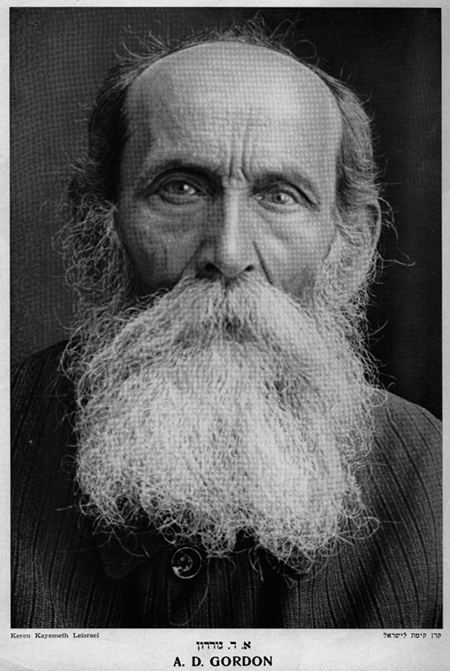
Shavuot also involves a display of dairy products. We have dairy companies, and this is their time to showcase their products. It's an opportunity to say: "Look, this is our land. There used to be nothing here, and now we produce milk. It is truly a land flowing with milk and honey." This phrase actually refers to other milk and honey, namely milk that flows from figs and honey from dates.
In Israel, we grow many different crops and make dairy products. This is a dream, a fairy tale, a land that was promised to the people of Israel, although it is not fertile. But hard work has turned it into a land flowing with milk and honey. Not everyone is religious, and there are quite a few people, even in the State of Israel, who do not consider themselves religious Jews, but they work very hard and are proud of their results.
Yelyzaveta Tsarehradska: I've heard you mention that Shavuot is about a chance to stop and give thanks for the good things you have. In our hurried lives, celebrating and thanksgiving seem to be important aspects that need to be kept prominent in the context of Shavuot.
Michal Stamova: Yes, Shavuot is precisely about that. Importantly, it's the holiday of the first fruits. We have a large seven-day festival in autumn, Sukkot, and it's about celebrating the second harvest. Everything is clear at the time of this holiday because the harvest is completed. Meanwhile, Shavuot is the time of the first harvest and the bringing of the first fruits. We do not know what we will have later, so this is a moment of faith when you give thanks for the first fruits and believe that more will grow.
Regarding weather conditions, there are very strong and hot winds from Pesach to Shavuot. Pesach has the tradition of counting the omer, i.e., sheaves. The counting goes on for 50 days; prayers for the harvest are offered up, and so on. That is why Shavuot is a holiday when we understand that the first harvest has been gathered and has not dried out. You see, the land does not get any rain after Pesach for six months, and the only moisture during this time is dew.
Thus, Shavuot is a true holiday. We stop. We understand we have the first harvest. We give thanks and gather our close ones together.
Meat is also sacrificed on this holiday. Offering up a meat sacrifice is precisely the essence of the holiday. You have to take a large cattle animal — there are no refrigerators — invite your friends, and eat that animal today or tomorrow. You can't do it on your own. People did not always eat meat, but it was mandatory on Shavuot, Pesach, and Sukkot. For Shavuot, you have to gather the family and offer this sacrifice of thanksgiving, namely meat. But you have to eat it with someone because you can't eat it as one family unless your family is large. Remember, there is no way to preserve the meat, so the sacrifice has to be consumed within a day.
Shavuot and Ukrainian traditions
Yelyzaveta Tsarehradska: What do we know about how Shavuot is celebrated in Ukraine? Are there any differences?
Michal Stamova: Israel is quite a multicultural state. Jews from different cultures come here: Oriental, Spanish, etc. Ukrainian Jewry has wonderful, bright traditions similar to those of Polish and European Jewry. We have examples of how they are followed in the works of Sholem Aleichem and Shmuel Agnon.
Ukrainian traditions are very similar to the celebration of Pentecost. This holiday has a lot in common with Shavuot historically. After all, they coincide in time. When the apostles celebrated Shavuot in Jerusalem, the Holy Spirit descended on them. So this is Shavuot, which occurs on the fiftieth day after Pesach.
Traditionally, synagogues are adorned with herbs, green branches, and roses, while Torah scrolls are brought out. The aesthetic aspect of these two holidays is very similar. The Torah and various sacred texts are read all night in synagogues, and lessons are conducted.
This is how Shavuot is now celebrated Israel: people who came from Eastern Europe, including Ukraine, have preserved these traditions. The communities that came here from their countries brought their tradition with them. Ashkenazi Jews, particularly many Hasidim from western Ukraine, brought good Ukrainian traditions. So, the way green branches and flowers are used for decoration is very similar to Pentecost in Ukraine.
What people do on Shavuot
Yelyzaveta Tsarehradska: What exactly do people do on this day in addition to getting together for a communal meal?
Michal Stamova: It's also a night of learning. People gather in the evening and sit almost all night. After all, it's pretty hot in Israel during the day. That is why there are evening meals, and then there is studying all night long. People talk, discuss Torah texts, and read the Book of Ruth throughout the day.
A milk meal takes place in the evening. It is a reminder that Israel is a land flowing with milk and honey. The Torah, given to Jews on this very day, is milk, the simplest and most important food and nourishment for the soul. That is why people read the Torah at night. There's a lot of symbolism involved.
Apart from the Book of Ruth, people read a lot from the Psalms of David. These are the psalms of thanksgiving, Tehillim, exalting the name of the Most High.
Those who can go to Jerusalem. Of course, there is no Temple now. Still, quite a few people want to visit Jerusalem, notably the Wailing Wall and the tomb of King David. When the new state was founded, the Wailing Wall was on the territory of Jordan, while David's grave, a mere 200 meters away, was on the territory of Israel. The Jews could only look at the Wailing Wall, where the Temple used to be, from the tomb of King David.
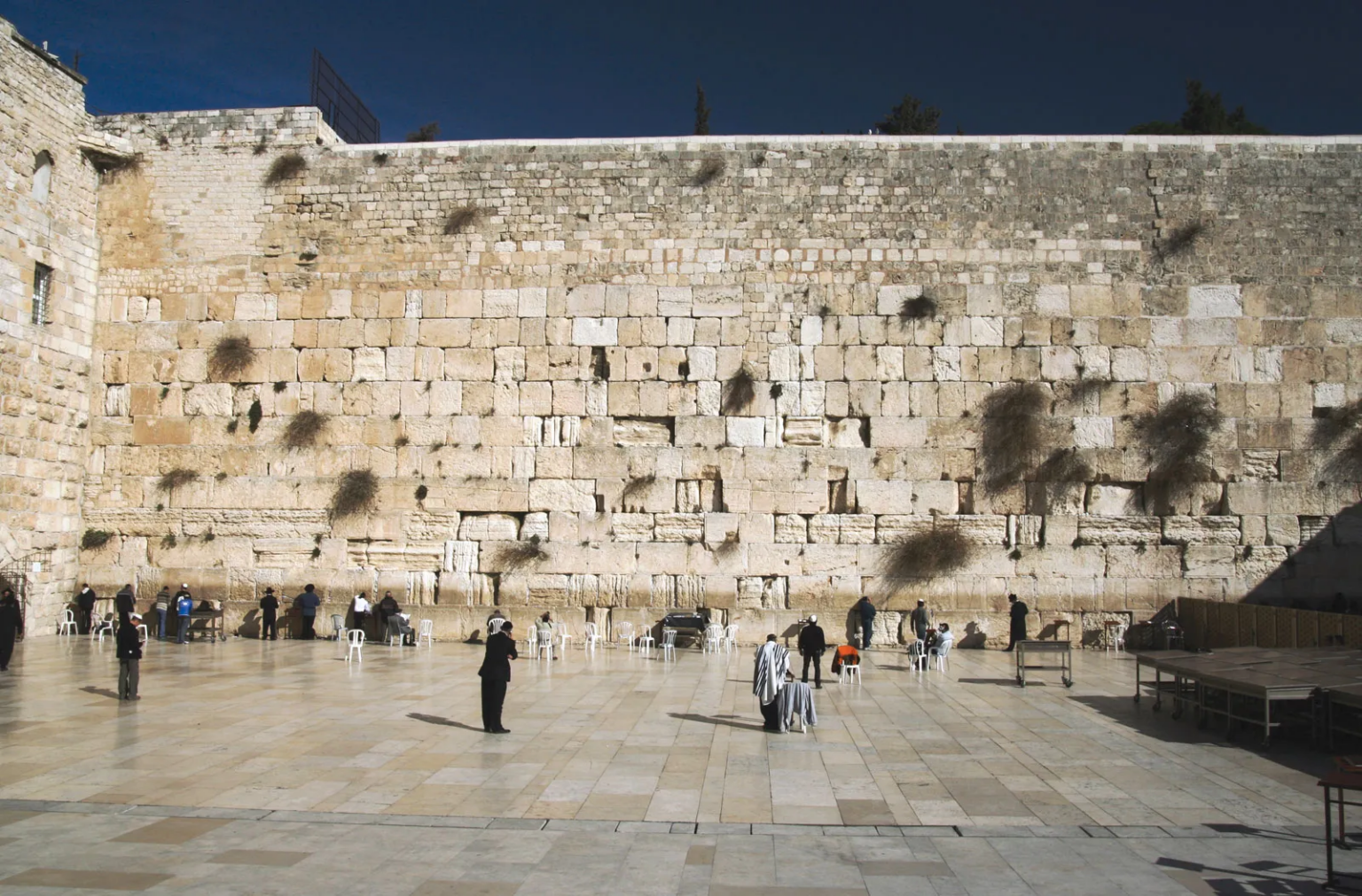
On Shavuot, families gather together, and many gifts are brought, such as fruit baskets and various types of bread. It is a beautiful holiday, and people are all dressed in white. It's pretty common now to pour cold water on each other. Everyone does it, with children especially enjoying the process. After all, the heat is unbearable. We do this in Israel, but I haven't seen it in Ukraine.
This program is created with the support of Ukrainian Jewish Encounter (UJE), a Canadian charitable non-profit organization.
Originally appeared in Ukrainian (Hromadske Radio podcast) here.
This transcript has been edited for length and clarity.
Translated from the Ukrainian by Vasyl Starko.
NOTE: UJE does not necessarily endorse opinions expressed in articles and other materials published on its website and social media pages. Such materials are posted to promote discussion related to Ukrainian-Jewish interactions and relations. The website and social media pages will be places of information that reflect varied viewpoints.







